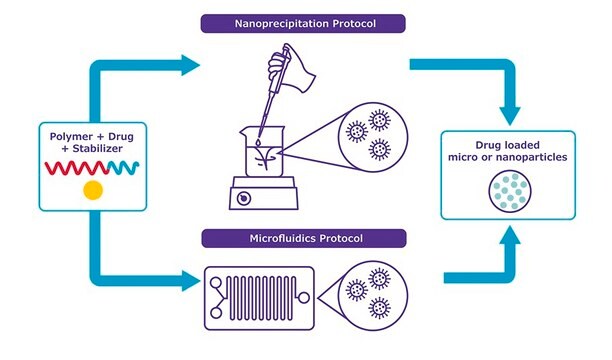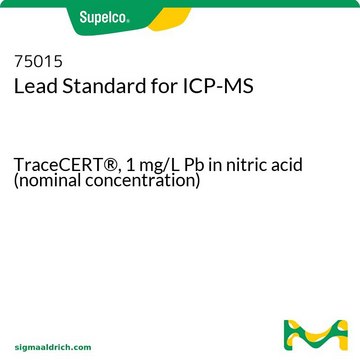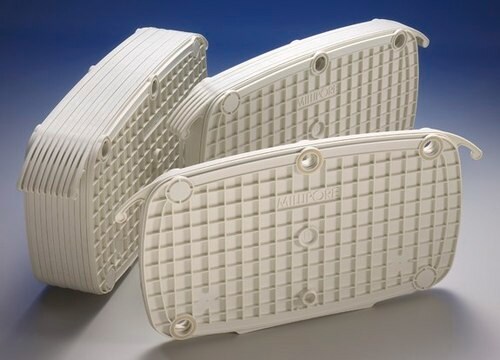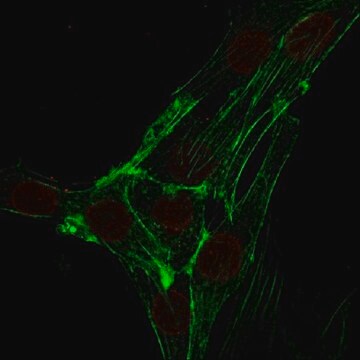MABC86
Anti-Nesprin-2 Antibody, clone K20-478
clone K20-478, from mouse
Sinónimos:
Nesprin-2, Nuclear envelope spectrin repeat protein 2, Nucleus and actin connecting element protein, Protein NUANCE, Synaptic nuclear envelope protein 2, Syne-2
About This Item
Productos recomendados
biological source
mouse
Quality Level
antibody form
purified immunoglobulin
antibody product type
primary antibodies
clone
K20-478, monoclonal
species reactivity
human, mouse
technique(s)
immunocytochemistry: suitable
immunoprecipitation (IP): suitable
western blot: suitable
isotype
IgG2bκ
NCBI accession no.
UniProt accession no.
shipped in
wet ice
target post-translational modification
unmodified
Gene Information
human ... SYNE2(23224)
General description
Immunogen
Application
Immunoprecipitation Analysis: A representative lot from an independent laboratory immunoprecipitated Nesprin-2 in HA-MKS3 transfected HEK293 whole cell extracts. Immunoprecipitated sample was then subjected to Western Blotting using the same representative lot of antibody (Dawe, H. R., et al. (2009). J Cell Sci. 122(Pt 15): 2716-2626.).
Western Blotting Analysis: A representative lot from an independent laboratory detected Nesperin-2 in IMCDE whole cell extracts. High levels of a 25 kDa ABD-containing isoform was observed only at post-confluence (+72 hours); however, a second major ABD-containing isoform was observed at 55 kDa before and after confluence (Dawe, H. R., et al. (2009). J Cell Sci. 122(Pt 15): 2716-2626.).
Dylight® is a registered trademark of Thermo Fisher Scientific. Alexa Fluor is a registered trademark of Molecular Probes, Inc.
Cell Structure
Cytoskeleton
Quality
Western Blotting Analysis: 0.5 µg/mL of this antibody detected Nesprin-2 in 10 µg of COS-7 cell lysate.
Target description
Physical form
Storage and Stability
Other Notes
Legal Information
Disclaimer
¿No encuentra el producto adecuado?
Pruebe nuestro Herramienta de selección de productos.
Storage Class
12 - Non Combustible Liquids
wgk_germany
WGK 1
flash_point_f
Not applicable
flash_point_c
Not applicable
Certificados de análisis (COA)
Busque Certificados de análisis (COA) introduciendo el número de lote del producto. Los números de lote se encuentran en la etiqueta del producto después de las palabras «Lot» o «Batch»
¿Ya tiene este producto?
Encuentre la documentación para los productos que ha comprado recientemente en la Biblioteca de documentos.
Nuestro equipo de científicos tiene experiencia en todas las áreas de investigación: Ciencias de la vida, Ciencia de los materiales, Síntesis química, Cromatografía, Analítica y muchas otras.
Póngase en contacto con el Servicio técnico








